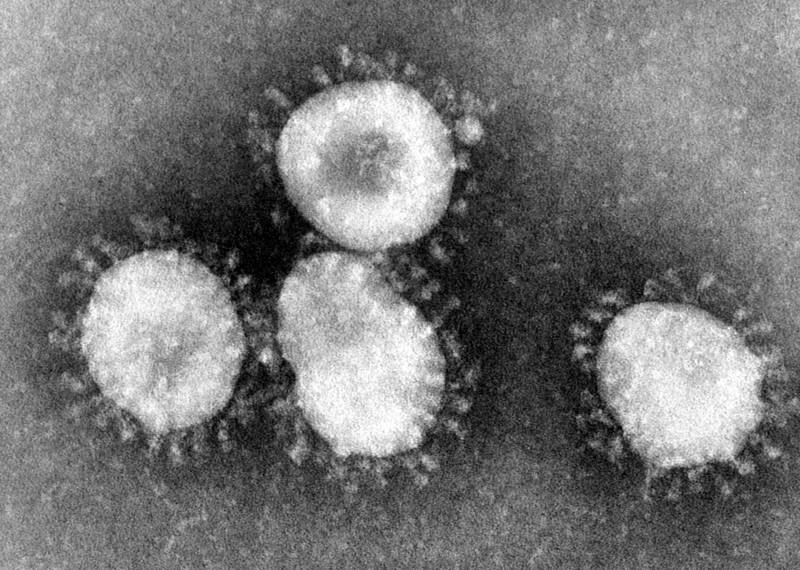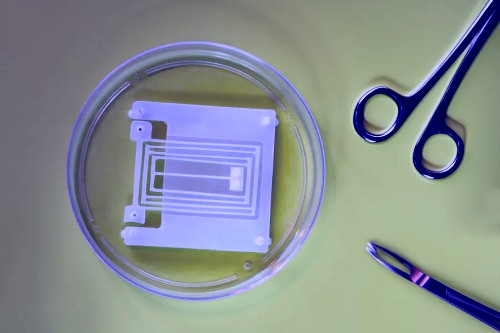Diagnostic tests, pathology and staging
In last week’s article, I discussed transrectal ultrasound (TRUS) and prostate needle biopsy and how physicians use the Gleason score to grade prostate cancer. The focus today will continue on the methods used to diagnose prostate cancer, as well as methods used to determine the stage of the disease.
CT SCANNING
A CT scan — sometimes called CAT scan — is an X-ray test that uses a rotating series of X-ray beams to generate a 3-D image of the body from many angles. A CT scan is usually not done for staging purposes, as it offers very little additional information (especially if the patient has a PSA less than 20 and a Gleason score on the biopsy/pathology report of 7 or less). CT scans are used in preparation for some treatment protocols, such as external radiation therapy and /or seed implantation.
MRI
A magnetic resonance imaging (MRI) test uses magnetic fields instead of x-rays to generate detailed cross sectional areas of the human body. Again this test has very limited use in prostate cancer staging and is not commonly used as it once was.
BONE SCAN
This nuclear test helps show in some cases if the prostate cancer may have spread to the bones. The patient receives an injection of a nuclear medicine that attaches itself to diseased bone cells throughout the skeleton, thus visualizing the extent and location of the cancer. In addition, arthritis and prior bone trauma may be seen on the bone scan image. A bone scan is not routinely ordered unless there is a markedly elevated PSA result, or a high Gleason score.
PROSTASCINT SCAN
This is not very widely available and its usefulness is debated by many experts. Essentially, the radioactive material injected is attached to a monoclonal antibody that recognizes a prostate specific membrane antigen (PSMA), which is found only in normal and cancer prostate cells. The potential advantage of this test is that it may detect the spread of prostate cancer to bone, lymph nodes and other organs.
GENETIC TESTING
Much effort and research is being concentrated in this exciting area of science. The human genome (blueprint), or DNA (deoxyribonucleic acid), is being studied extensively for clues to the causes of prostate cancer, better treatment methods, as well as prevention of the disease. A lot of the current data is preliminary but promises for the future are great and not too distant.
STAGING
Prostate cancer, like many other cancers, is staged using the TNM system, where T stands for tumor, N refers to nodes (lymph nodes or glands), and M signifies metastasis (spread).
T stages are typically from T1-T4 with T4 being the most aggressive or extensive form of cancer. Most prostate cancers in the United States are T1c, that is, “PSA detected prostate cancer,” since the investigation and diagnosis are prompted by an abnormal PSA level. This explains why the PSA blood test is such a powerful tool as a screening test in medicine.
N stages are usually from Nx to N1. In stage Nx the lymph nodes cannot be assessed; in N0 no regional lymph node metastasis is present; and in N1, there is evidence of cancer spread to the lymph nodes.
M stages are categorized from Mx to M1c and again the higher the M number (i.e., M1, M2, etc.), the more the cancer has spread to different organ sites (bone, liver.).
A typical patient would have a staging of T1c N0 M0 meaning that the prostate cancer was detected by PSA elevation and biopsy, there is no evidence of lymph node spread and no evidence of distant metastasis.
Over the years with collection and study of data from thousands of prostate cancer patients we have learned that certain types of prostate cancers with specific PSA levels, Gleason pathology scores and prostate examination characteristics, have a very low potential for spread to lymph nodes or bone (most common sites) and therefore the CT scan, bone scan or lymph node biopsy needed to aid a more complete staging can be avoided.









Post Comment
You must be logged in to post a comment.